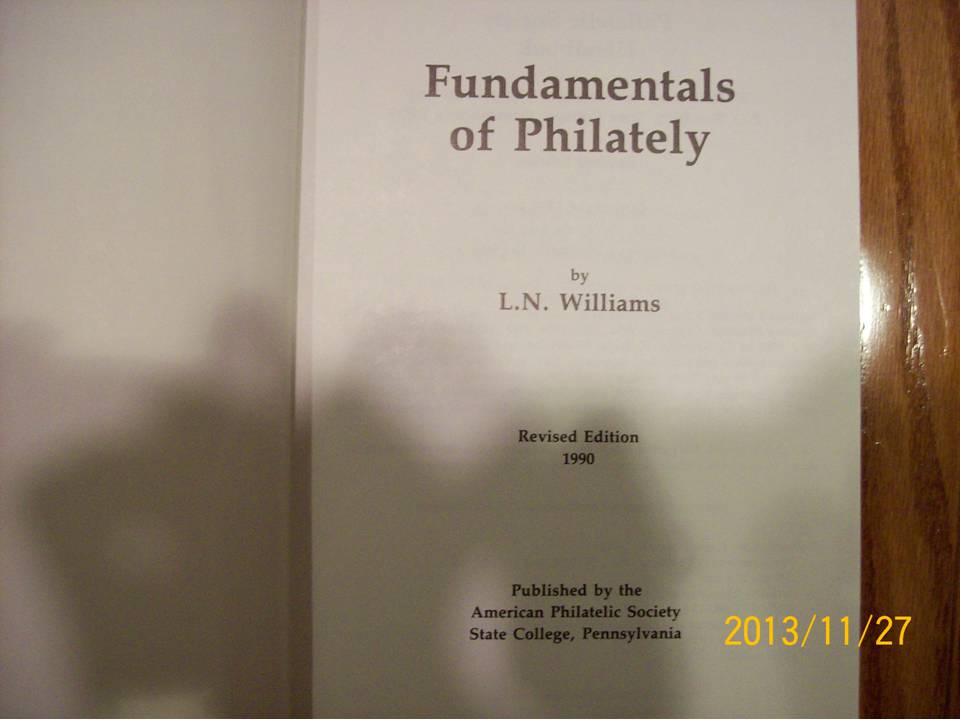瓜

COINTW,
This is one interesting subject. Above is one of my favorite reference books which were published by APS. It talks about how stamp is designed and all the way to the final product - all 862 pages long. That's why I call it a "reference book". Chapter 13 is about ink and color. If you're interested, you may be able to borrow one from a local library. If you have one, chapter 13 may bring some facts to light.
Dye and pigment are defined as the similar thing in this book but I would say pigment is one kind of dyes.; the dry substance (pigment) is the coloring matter and the "medium" or "vehicle" is the liquid that holds that coloring matter.
There are two variables to start with - one is inherited by the ink itself (color proofing and shades for instance), the other is the environment which is what this case is. unfortunately even this book does not discuss in detail about how UV would affect the color on modern stamps. I guess it really depends on what pigment and other chemicals are used. Some "coatings" may be able to prolong the color of a stamp as well.
This book, although published in 1990, covers the manufacturing process of a stamps mostly before 1970. Still it's a good reference book.
I'm just throwing in my two cents.
[ ┇砆ming86862013-11-29 01:42穝絪胯 ]